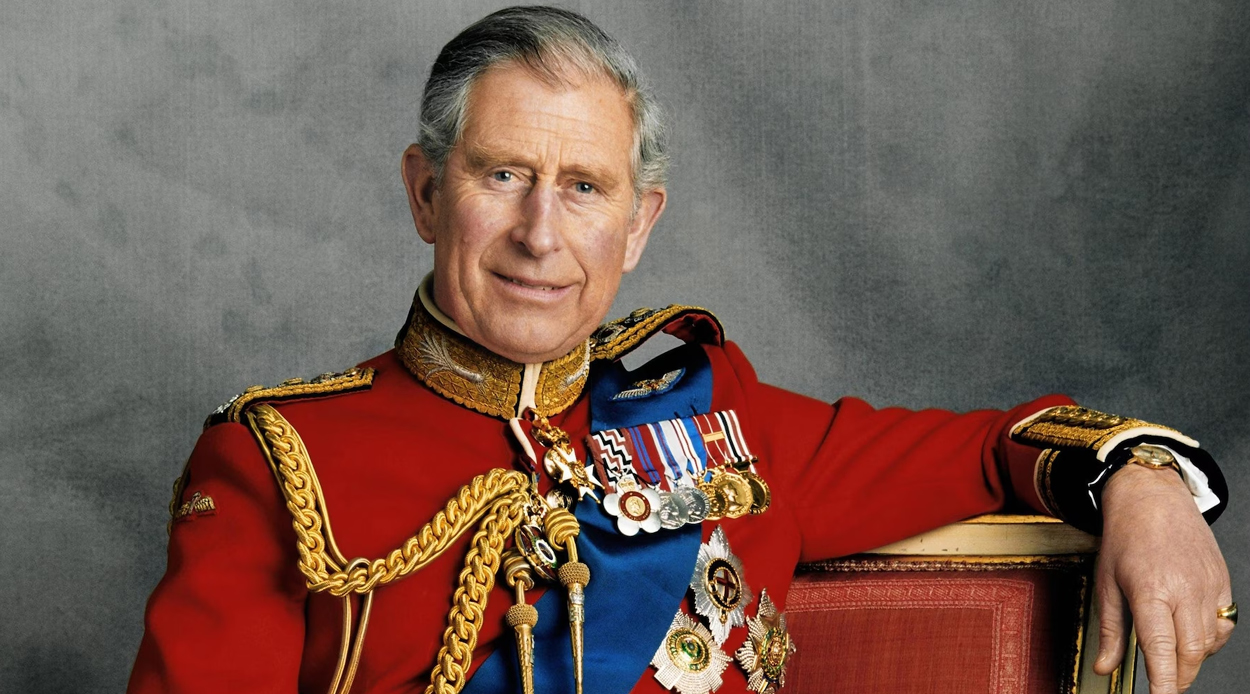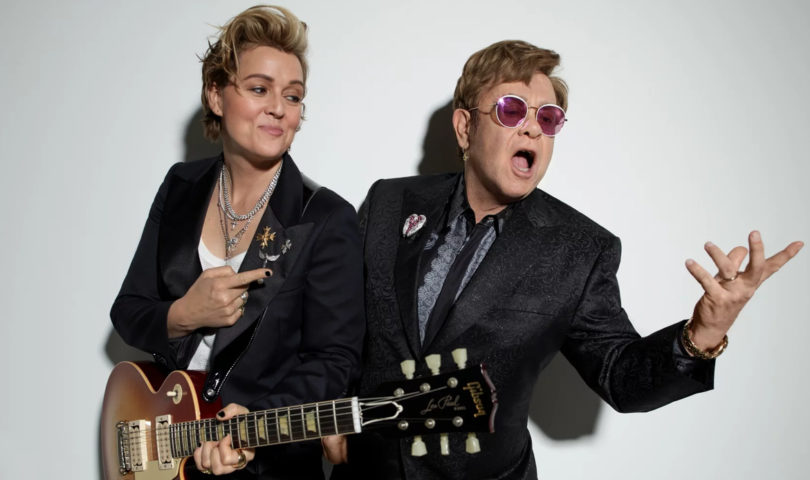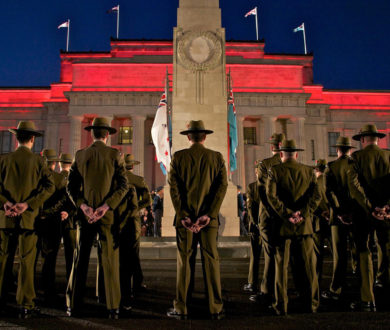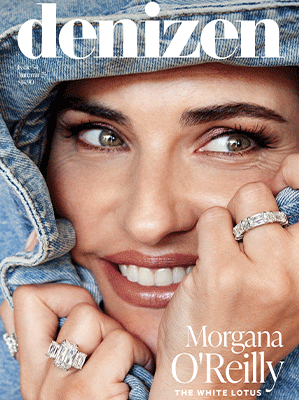The long-awaited coronation of King Charles III is set to take place this weekend (10pm Saturday for us) as the world stops to witness the crowning of a new British monarch after the historic reign of his predecessor. If you’re one of the many that plan on watching the coronation, we have rounded up five key features of the extravaganza to know about before you tune in. From the incredible coronation robes to the attendees to the most sacred part of the ceremony, and importantly, where we can celebrate the occasion here.
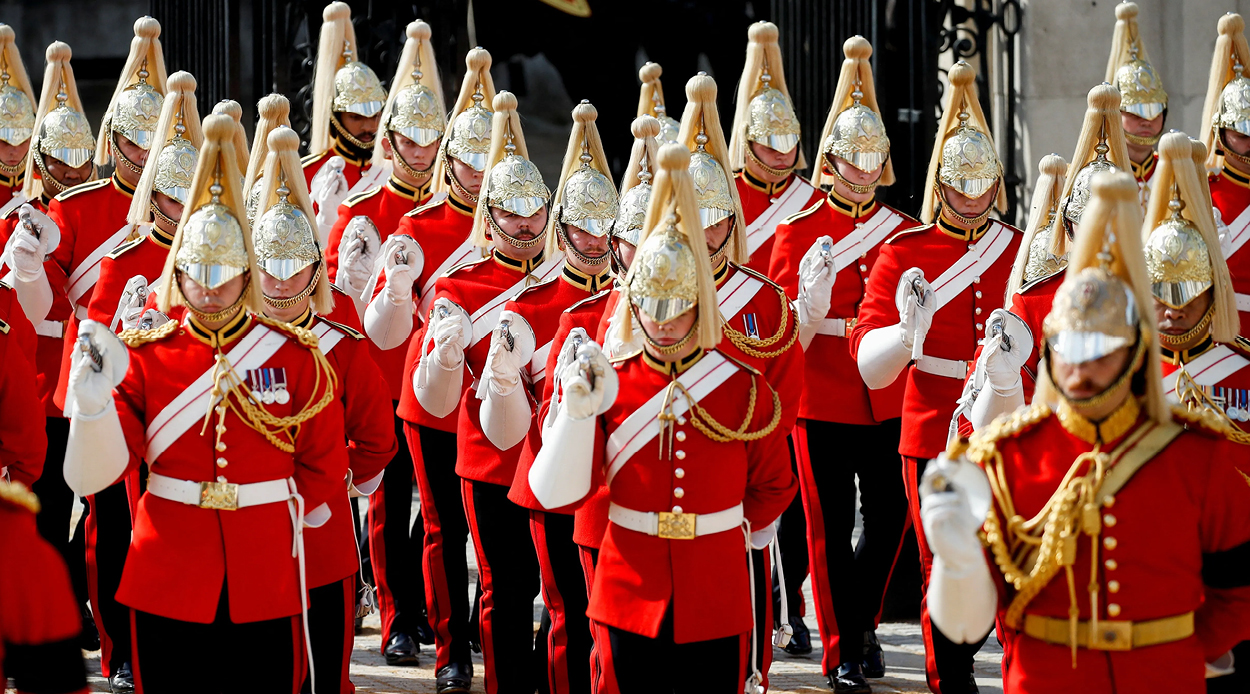
1. The Setting
The coronation will happen, as all have done since 1274, in Westminster Abbey, the hallowed ground on which almost all of the most important ceremonies take place for the English monarchy. The Abbey has played host to 16 royal weddings, countless funerals and almost 70 years ago (to the day) was the setting for the 24-year-old Queen Elizabeth II’s groundbreaking, televised coronation. On Saturday the 6th of May, King Charles III, accompanied by the Queen Consort, Camilla, will make his way in the Diamond Jubilee State Coach from Buckingham Palace to Westminster Abbey accompanied by the Sovereign’s Escort of the Household Cavalry. The party will travel down The Mall, passing through Admiralty Arch, down Whitehall and along Parliament Street before heading around Parliament Square to Broad Sanctuary and arriving at Westminster Abbey for the ceremony to begin at 11am (UK time). For New Zealanders who want to tune in, that is 10pm on Saturday evening our time.
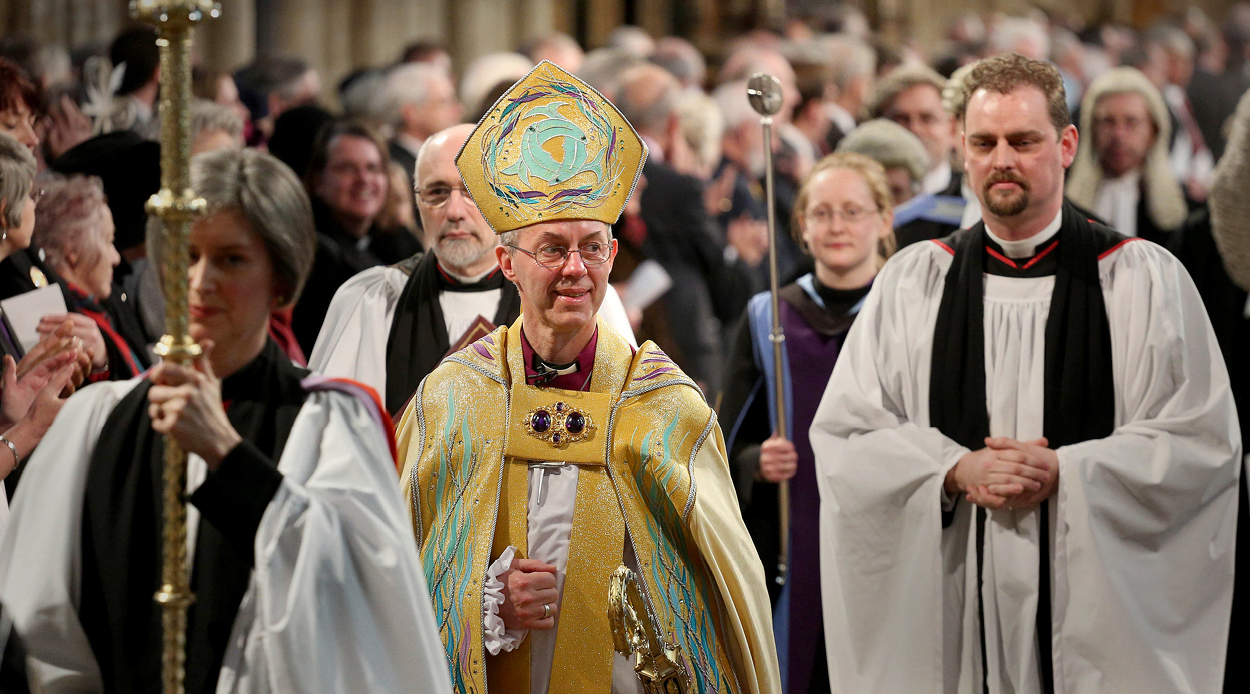
2. The Ritual
Alongside all the expected pomp and ceremony of the day, the most important (and most anticipated) part of the coronation is the anointing ceremony. This takes place just prior to the investiture and crowning of his Majesty, and sees the Archbishop of Canterbury pour holy oil from the Ampulla into the Coronation Spoon, which he then uses to anoint the Sovereign on his hands, chest and head. While traditionally the anointing is done privately, this year, we have heard rumours that there may be plans to televise this sacred part of the ceremony — which would mark the first time in history that it has been viewed by anyone other than those directly participating. This year’s holy oil — known as ‘chrism oil’ — was recently consecrated in Jerusalem in one of the holiest Christian sites, the Church of the Holy Sepulchre.
While the finer details of coronations have changed over the years, the essential running order has remained true to the guidelines laid out in the 14th Century Liber Regalis (or Royal Book) which was created before the coronation of King Richard II and his first wife, Queen Anne of Bohemia in 1377 to help people organise and run a coronation.
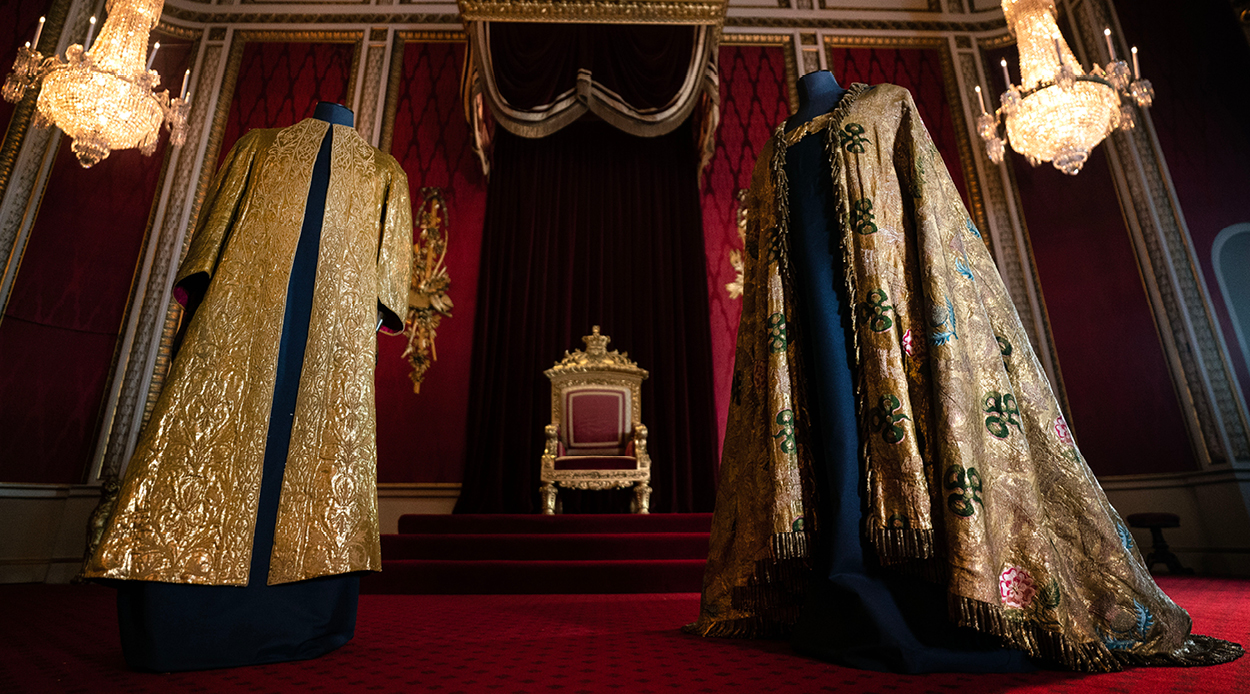
3. The Regalia
The Supertinuca
During the service, the King will put on a series of historic, ceremonial robes like the Supertunica, a long, shimmering gold piece that was created for George V in 1911 and has been worn at successive coronations including by the late Queen Elizabeth II. Fashioned from cloth of gold (which is literally threads wrapped in fine silver and gold metal), it weighs about two kilograms and is embroidered in floral motifs.
The Imperial Mantle (or Robe Royal)
This is layered on top of the Supertunica and is a floor-length cloak originally made for George IV in 1821, designed to represent the divine nature of monarchy. Both garments are worn during the investiture, with the Robe Royal donned just before the moment of crowning.
The Sword Belt and Coronation Gauntlet
Instead of having his own made (as other monarchs have done before) King Charles III will be re-wearing the belt and glove first worn by his grandfather George VI.
The sword belt (also known as the Coronation Girdle) was made for George VI in 1937 out of embroidered cloth of gold and features a gold buckle stamped with national emblems. During the investiture, it will be placed around the King’s waist, over the Supertunica, and will be used as a way for the jewelled Sword of Offering (symbolising the ability to decide between good and evil) to be attached.
The Coronation Gauntlet is a single glove that the King will wear on his right hand while he holds the Sovereign’s Sceptre with Cross during the crowning. It is made from white leather and boasts a large cuff on which is embroidered national emblems including the Tudor rose, thistle, shamrock, oak leaves and acorns. On the back of the hand is an embroidered ducal coronet above the coat of arms of the family of the Dukes of Newcastle.
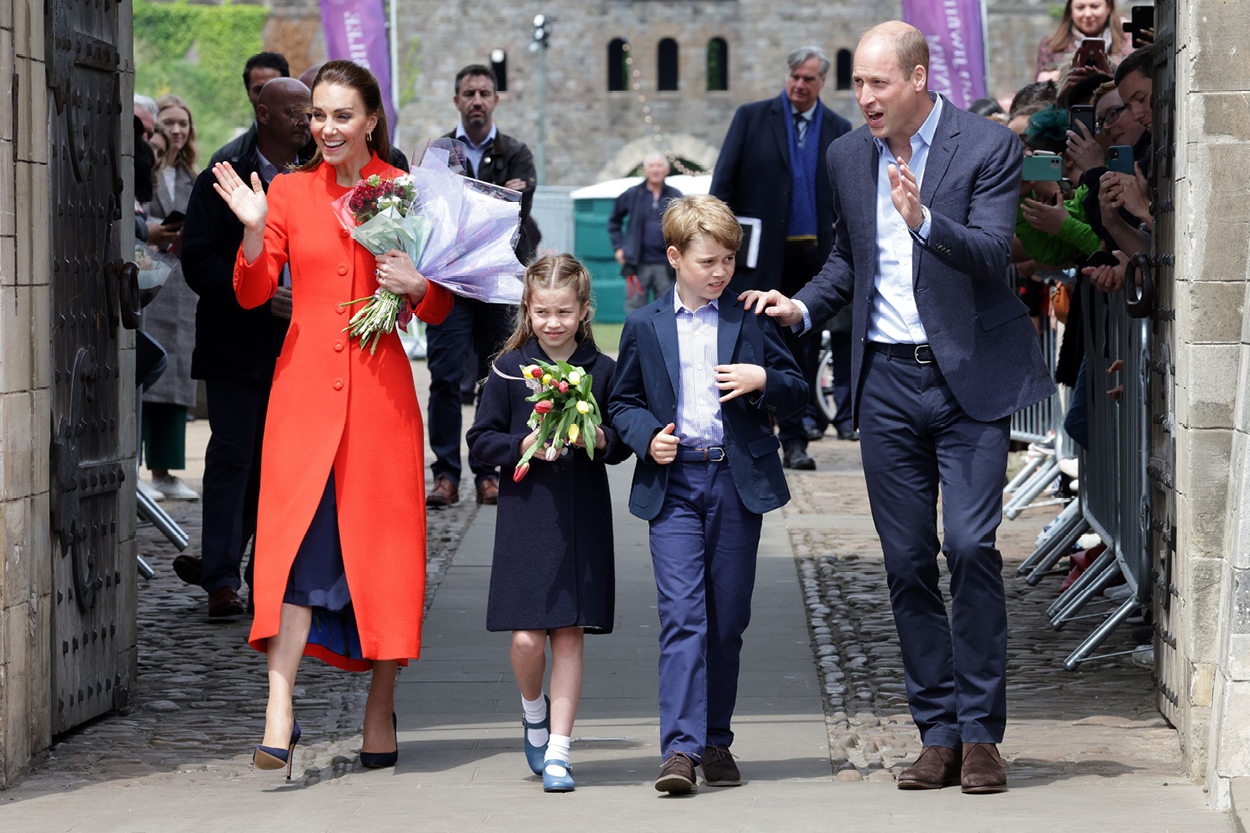
4. The Attendees
Harry and Meghan drama aside (yawn) there will be a veritable who’s who of British and foreign royalty and dignitaries in attendance at King Charles III’s coronation. Of course all of the King’s direct relatives will be there (even some of the youngest royals are set to have roles in the ceremony), along with a slew of cousins and distant relations that represent all the branches of the British monarchy.
Certain family, friends and members of the King’s inner circle have also been given the honour of being included as one of the ‘eight pages’ — a role responsible for attending to the King and the Queen Consort during the ceremony. The King’s pages are set to be his grandson and future King, Prince George, Lord Oliver Cholmondeley (son of Lord-in-Waiting the Marquess of Cholmondeley), Ralph Tollemache (son of the King’s godson Edward Tollemache), and Nicholas Barclay (the grandson of King Charles’s second cousin), as well as the Queen’s companion Sarah Troughton. The Queen’s pages will be her three grandsons Gus and Louis Lopes and Freddy Parker Bowles, and her great-nephew Arthur Elliot.
A staggering 8,251 people attended the coronation of the late Queen Elizabeth II in 1953. But it is expected that King Charles plans to host a relatively modest 2,000 for his. Alongside royalty from around the world, the guest list also includes 850 community and charity representatives from across the UK, more than 450 British Empire Medal recipients and 400 young people representing charitable organisations, nominated by the King and the Queen Consort and the Government.
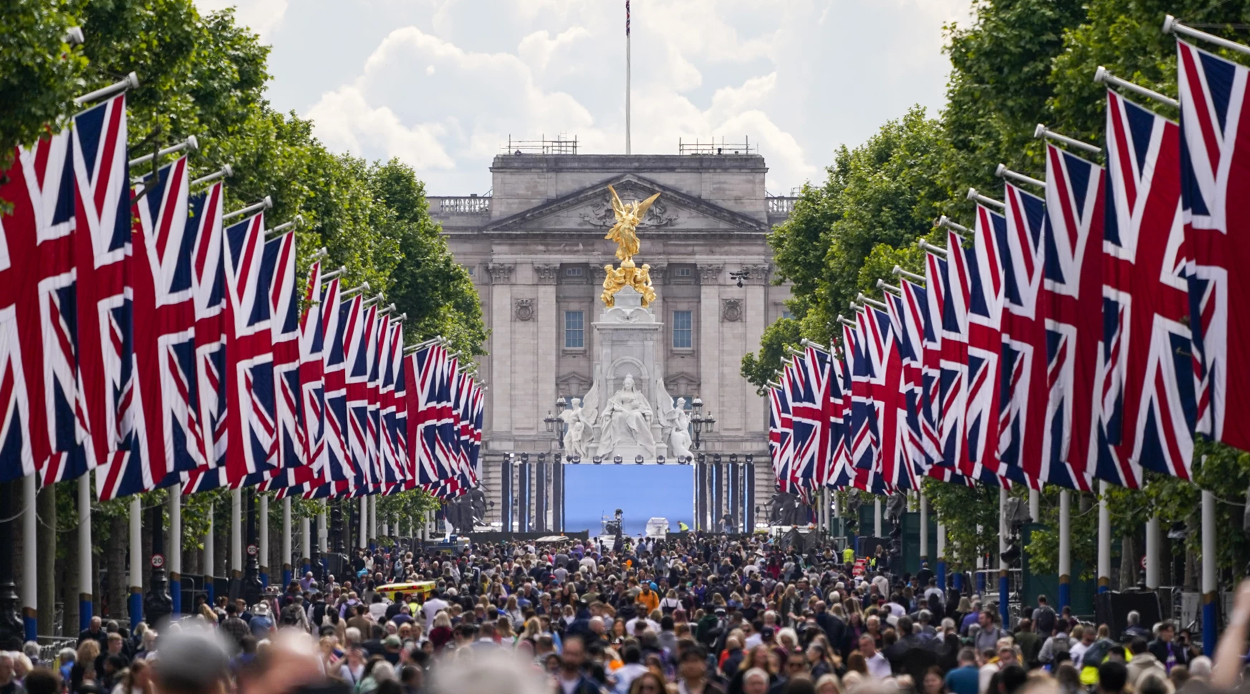
5. The Celebrations
Following the coronation, Windsor Castle is set to host the first ever concert ever played in its grounds, as a celebration of the new King. Set to take place on Sunday the 7th of May the event will feature performances by a world-class orchestra accompanied by some of the world’s biggest entertainers (including Take That, Lionel Richie, Katy Perry, Andrea Bocelli and more) as well as dance and arts acts, including spoken-work performances from stars of the stage and screen. It will be a multi-sensory show of staggering proportions and will be attended by 5000 lucky people from across the United Kingdom, chosen by ballot.
There are also sure to be a raft of street parties, viewing parties and special events held across the United Kingdom and around the world, including right here. In fact, on Saturday the 6th and Sunday the 7th of May, local councils across New Zealand will plant native trees as part of He Rā Rākau Tītapu — King Charles III Coronation Plantings. There will also be an official, national event held in the Auckland Domain on Sunday the 7th of May, with performances, a sausage sizzle, face painting, free ice cream and sapling giveaways, perfect for the whole family. For many of us, this is a once-in-a-lifetime event, so celebrate accordingly!

